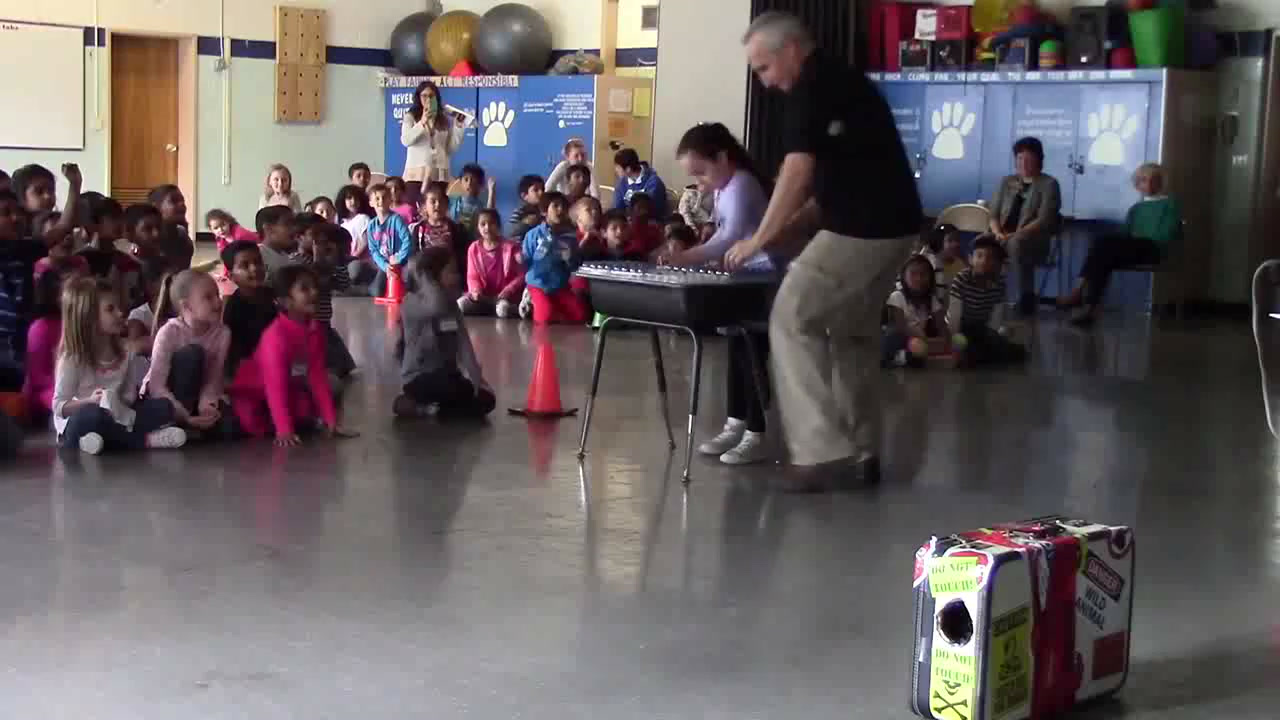When most people think of STEAM or STEM education, they think of college or graduate level courses. However, the sooner you introduce STEM concepts to children, the better. Here are 5 easy ways to introduce STEM education to elementary school students. With a little bit of creativity and effort, you can help your child develop a love for science, technology, engineering, and math!

Introduce STEM through Reading
Reading about STEAM can help young students to develop a well-rounded understanding of the world. Secondly, it can help them to develop critical thinking skills. STEM Education requires students to think critically about the world around them and to solve problems using creativity and logic. Through reading, young students can learn how to approach problems in a thoughtful and systematic way. Finally, it has been proven that it can help them to develop a love for learning. Reading about STEM Education can introduce young students to new and exciting concepts that they may not have otherwise encountered. In addition, it can foster a love for both reading and learning in general. As a result, young students who read about STEAM Education in school can reap a number of benefits.
Introduce Coding
It's never too early to start learning coding! Introducing coding to students as young as kindergarten can help them develop important STEM skills. There are several ways to introduce coding to young students. One way is to use blocks or tiles that represent different code instructions. For example, the tile "Move Forward" could represent the code instruction "forward." By stringing together these instructions, students can create simple programs that make a character move around in the classroom or on a screen. Another way to introduce coding is to use graphical programming languages like ScratchJr. These languages allow students to drag and drop blocks of code to create programs. They can then share their programs with others online. Coding is a great way for young students to develop problem-solving and computational thinking skills. It's also a lot of fun!

STEM Games Ideas
There are a number of stem games that elementary school children can play in order to learn more about science, technology, engineering, and math. One popular game is Binary numbers . In this game, children learn about the binary number system by representing different numbers with patterns of zeros and ones. Another popular STEM game is Rollercoaster. In this game, children use physics principles to design and build a rollercoaster that will safely transport a marble from top to bottom. Other stem games include "Build a bridge," "Design a cell phone," and "Land a space shuttle." These games all help to introduce children to important stem concepts in a fun and engaging way.
Build a Robot with Imagination!
What if you could design your own robot? What would it do? This is a question that we often ask children in stem education classes. And the answers are always fascinating. Some children want their robots to clean their rooms or do their homework for them. Others want their robots to be their best friends or protect them from danger. The possibilities are endless!
Designing a robot is a great way to get children thinking about stem concepts. It promotes creativity and critical thinking, and it allows children to explore the many ways that robots can be used in our world. So the next time you ask a child what they would do with a robot, be prepared for some amazing answers!
Book a STEAM or STEM school assembly
Speaking of robots -- When it comes to engaging kids in STEM, there are a lot of options out there for parents and educators. One popular option is to host a STEM school assembly. STEM assemblies are a great way to introduce young students to various STEM topics and fields in an entertaining and interactive way. Plus, they can be tailored to fit the specific age group and interests of your students. SchoolAssemblies’ own STEM assembly entitled Bot! The Secret World of Robots introduces topics that include computer science, engineering, and more in a way even the youngest elementary student can understand. There are endless possibilities when it comes to what you can cover in a STEM assembly. The key is to make it fun and engaging for the kids while also providing them with some valuable information. All of these factors combined make STEM assemblies a valuable tool for elementary level educators. If you're looking for a fun and educational way to engage your students check out local options that might be in your geographical area.
Conclusion
STEM education can be introduced in fun and interesting ways, like we’ve talked about in this blog post. Reading, playing games, and using our imagination are all great ways to get started. Have you tried any of these methods? What other ideas do you have for getting kids interested in STEM subjects? Here at SchoolAssemblies we're always looking for good ideas so PLEASE let us know in the comments section below!



